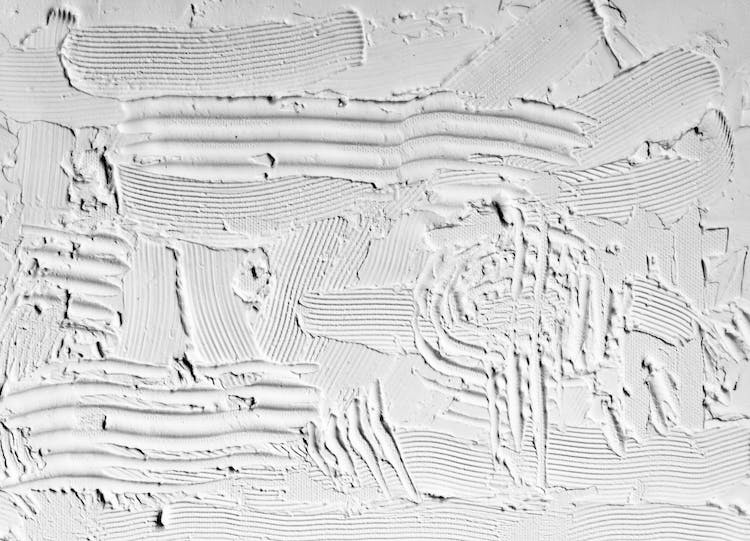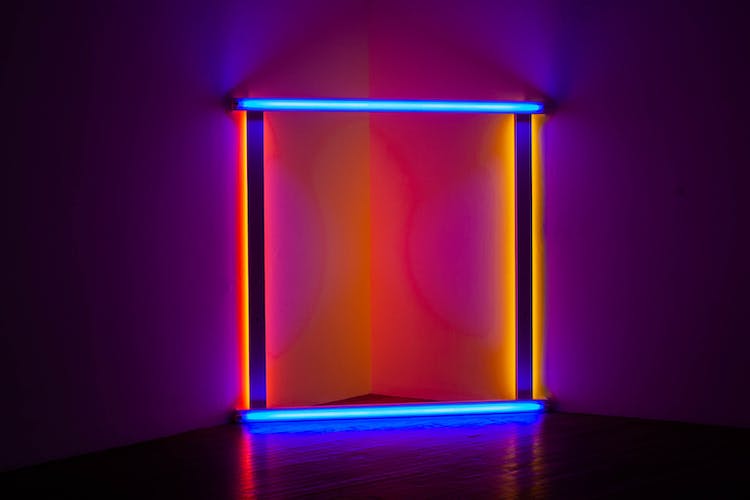If you are new to laser cutting and feeling overwhelmed with all the parameters and settings, this article is for you! We will break down the parameters in laser cutting to make it easier for beginners to understand and get their feet wet in this art form. From power and speed settings, to work offsets and focus, this article will cover all the basics you need to know to start your laser cutting journey.
Part 1 – Power
Defining Laser Power
power When it comes to the world of laser cutting, power is an incredibly important parameter that determines the quality of the end result. It’s essential to understand what laser power is and how it impacts the accuracy of your cuts. Laser power is measured in watts and refers to the energy output of the laser.
When the laser is in motion, this energy is concentrated by the optics that are inside the laser cutting system.
How to Select the Right Laser Power
When you first dive into laser cutting, one of the main parameters you will need to adjust is the laser power. Among other things, the laser power determines the speed of the cut, the precision of the cut, and even the quality of the finished product. Knowing how to select the right laser power can help ensure that you get the most out of your laser and make the highest quality cuts, without having to waste time or material.
The first step in determining the right laser power is to identify the material you will be working with. Different materials are likely to require a different amount of laser power in order to get an effective cut.

Part 2 – Speed
Defining Laser Speed
When it comes to laser cutting, one of the most important parameters to consider is speed. When it comes to laser cutting, the speed simply refers to the rate at which the laser cutter is moving the laser beam, usually measured in millimeters per second. This determines the amount of time required to cut the material, as well as the quality of the finished product.
In general, higher speeds can lead to faster production times, however this will depend on the material being cut, as well as the precision needed.
How to Select the Right Laser Speed
cut When it comes to understanding the laser cutting parameters for beginners, Part 2 – Speed is an important topic. Laser speed refers to how quickly the beam of the laser moves across the material during the cutting process. It is important to select the right laser speed in order to make sure that the material is cut up cleanly and accurately.
In order to choose the right speed, it is important to consider the type of laser cutter that you are using. This is because different machines have different cutting capabilities.
Part 3 – Frequency
Defining Laser Frequency
strength Breaking Down the Laser Cutting Parameters for Beginners, Part 3 – Frequency In our previous two blog posts, we discussed the parameters of kerf compensation and power settings when it comes to laser cutting. Today we’re diving into the third parameter of laser cutting: frequency. Frequency, or “pulsing” refers to the rate at which the laser operates.
How to Select the Right Laser Frequency
cutter When it comes to laser cutting for beginners, selecting the right frequency can be a challenge. Frequency plays an important role in the accuracy and performance of a laser cutter, and if set incorrectly it can lead to subpar results. This blog post will provide an overview of how to select the right frequency and ensure accuracy in laser cutting jobs.
Frequency is the speed at which a laser cutter’s laser is pulsed. It plays an important role because it determines the power of the laser. A higher frequency means a more powerful laser.

Part 4 – Focus
Defining Laser Focus
focus. When it comes to laser cutting, focus is a crucial element to keep in mind. A “focused beam” is the crisp and accurate beam aimed at the material to be cut, and the focus point is where the beam is most intense.
When the beam is too focused, it may cause burning, or even worse, reflect back into the machine. When the beam is not focused enough–with the material too far from the lens–it can produce a wider scallop at the cut edge.
How to Select the Right Laser Focus
cutting Selecting the right laser focus can make all the difference when it comes to laser cutting. One of the most important parameters to determine when laser cutting is the focus. The adjustment of the focus will influence the speed, kerf, quality, and power of a laser cutter.
First of all, it’s important to understand the actual concept of focusing.

What are the laser machine parameters?
engraving When it comes to laser cutting, the parameters of the machine are a set of values that determine how the laser cutter works and what type of output you can expect. The basic parameters to consider when using a laser cutter for your project are speed, power, and quality. Speed refers to how fast the laser beam moves across the material that you’re cutting or engraving.
Generally, the faster you cut or engrave your material, the less precise the results.

Conclusion
Recap on Laser Cutting Parameters
In conclusion, the main laser cutting parameters that beginners should be aware of are power, frequency, speed and the amount of passes. Power controls the strength of the laser, frequency is how many times the laser can fire, speed is how fast the laser moves and the number of passes determines how many times the laser will cut up the material. Additionally, some laser cutters also have additional parameters such as a focus height and an air assist that can be adjusted to achieve the desired results.
It is important to note that laser cutting is an intricate process which requires fine-tuning the parameters in order to achieve the desired results.
Summary of Key Takeaways
cutter In this concluding post of the series, let’s take a quick look back at all of the key points we discussed about breaking down the laser cutting parameters for beginners. First, we discussed the overall process of laser cutting and how it can help you create a variety of intricate and precise shapes on a variety of materials. We then went into a deeper look command setting parameters that would bring you the best results, such as the type of laser cutter you choose, the laser power setting, the feed rate, the type of material and the clearance.


